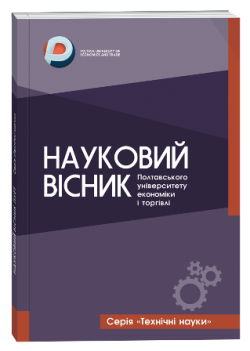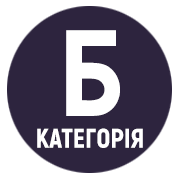Quality assessment of printed publications
Abstract
The aim of the study is to generalize modern approaches to assessing the quality of book publications as an object of commodity science. The relevance of the topic is due to a number of new non-traditional approaches to the quality of the book, which deepen its perception, contribute to its wider distribution in the context of the rapid development of market relations. The study used objective (measuring, calculating) and heuristic (organoleptic, expert) methods of assessing the quality of printed publications. Methods for determining quality indicators are described in the legislative document State sanitary norms and rules “Hygienic requirements for printed products for children”. Particular attention in the selection of research objects is paid to printed publications intended for children of primary school age. Comprehensive commodity assessment of the printed edition as a subject of the book trade assortment acquires importance in the modern market and has a number of unresolved issues. The definition of clear parameters of book quality should be based on the main indicators of the quality of the book edition in combination with the results of expert (marketing) research of its consumer benefits in the book market. As a result of researches the estimation of quality of printed editions is carried out, the algorithm of a complex estimation of level of quality and competitiveness of book editions is developed, their approbation on an example of trade assortment of book editions is carried out. The proposed comprehensive approach to determining the quality of printed publications as an object of commodity science allows to ensure the quality of the book market with competitive products and effectively meet the needs of consumers in children’s printed publications.
References
2. Антоник О. В. Споживні властивості книги як товару: ринкові акценти / О. В. Антоник, Н. Н. Зубко. – Поліграфія і видавнича справа. – 2006. – № 2 (44). – С. 20–30.
3. Немировский Е. Л. Большая книга о книге: Справочно-энцеклопедическое издание / Е. Л. Немировский. – Москва : Время, 2010. – 1088 с.
4. Черниш Н. Книгознавча концепція культури книги: до історичних джерел формування / Н. Черниш // Видавнича галузь і кадри: досягнення, проблеми, перспективи : наук.-практ. зб. [упоряд. Е. І. Огар]. – Львів : Аз-Арт, 2002. – С. 126–135.
5. Державні санітарні норми і правила «Гігієнічні вимоги до друкованої продукції для дітей» [Електронний ресурс]. – Режим доступу: https://zakon.rada.gov.ua/laws/show/z0077-07#Text (дата звернення: 26.10.2020). – Назва з екрана.
6. Гавенко С. Ф. Товарознавчі аспекти керування якістю книжкової продукції / С. Ф. Гавенко // Поліграфія і видавнича справа. – 2006. – № 2(44). – С. 14–20.
7. Ковальчук І. В. Особливості виконання дитячої літератури / І. В. Ковальчук // Науковий пошук студентів. Наукові записки інституту журналістики. – 2010. – Т. 41. – С. 208–210.
8. Булах Т. Система критеріїв оцінювання якості книжкової продукції / Т. Булах // Вісник книжкової палати. – 2013. – № 8.– С. 1–6.
9. Зубко Н. Н. Конкурентоспроможність книги як товару / Н. Н. Зубко // Поліграфія і видавнича справа. – 2008. – № 1(47). – С. 90–97.


